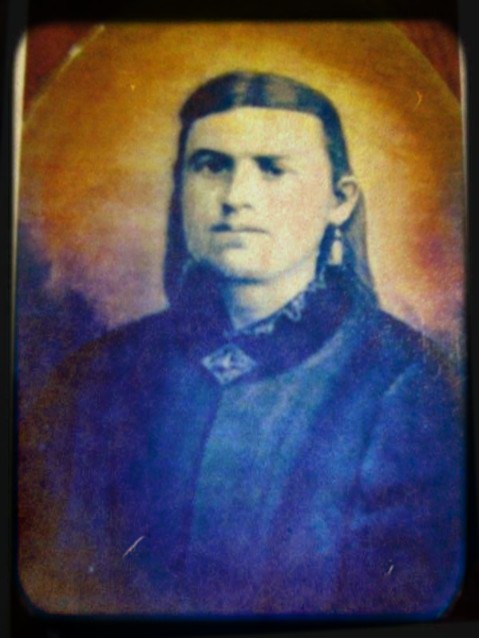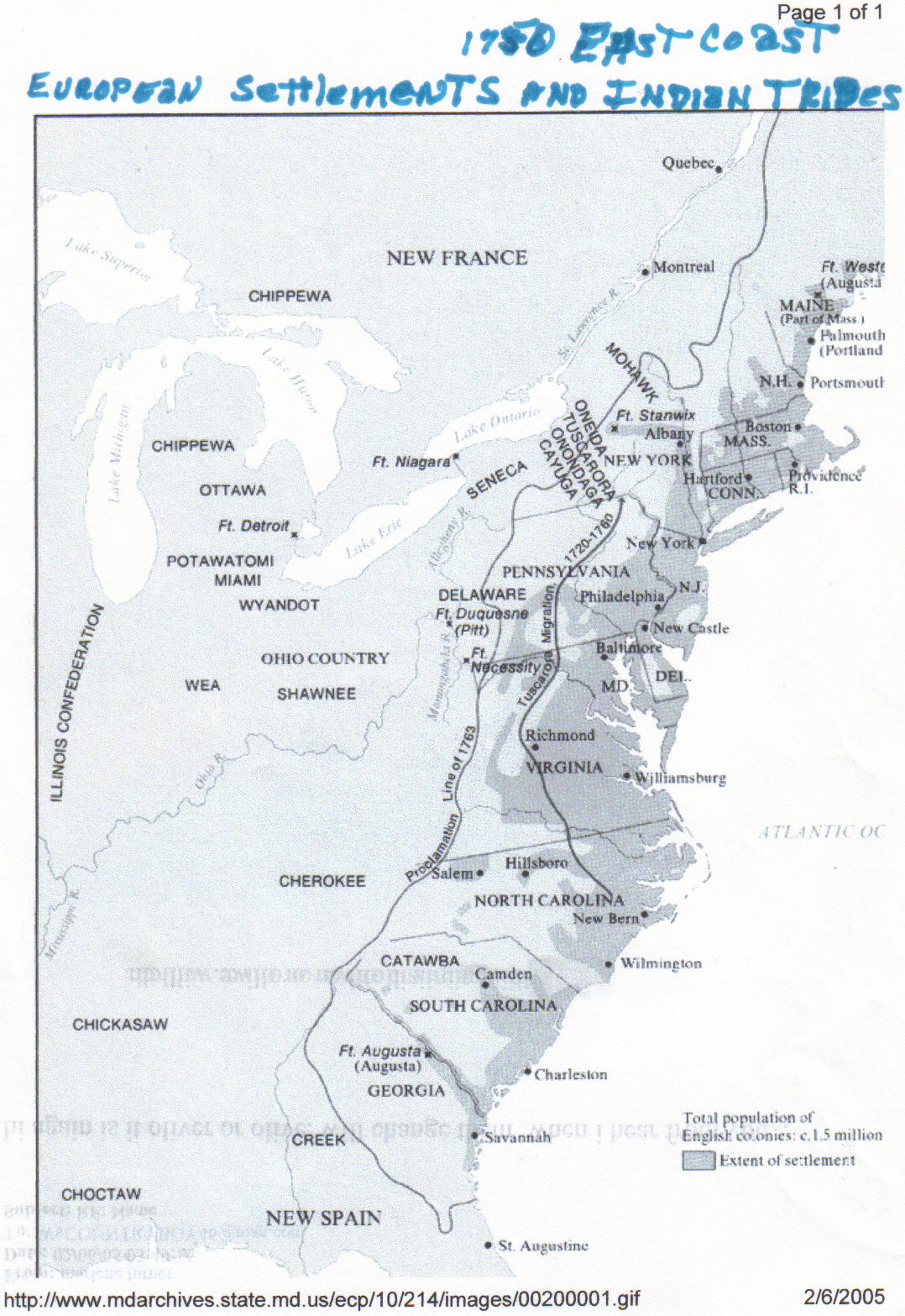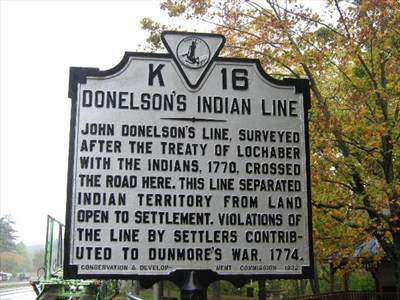Sam Norris
- Written by Sachem Great Elk Dancer
- Published in Hereditary Sachems
- Hits: 18898
- Print, Email
|
|
|
(Painting of Sam Norris circa: 1780, provided by Stacy McMullen, which hung in the house of his Great Grandfather Glen Kelly Norris) |
Our history states that Sam was the son of a captured young Cherokee boy traveling north in Ohio, with a party of Cherokees. It is said that William Norris of Monongalia County kidnapped the young boy and named him Sam. William Norris had a daughter named Elizabeth known as Betsy. Cherokee Sam and Betsy would go get the cows in the evening. Betsy became pregnant. Her two brothers upon finding out, took Sam's father (Cherokee Sam) into the mountains and killed him.
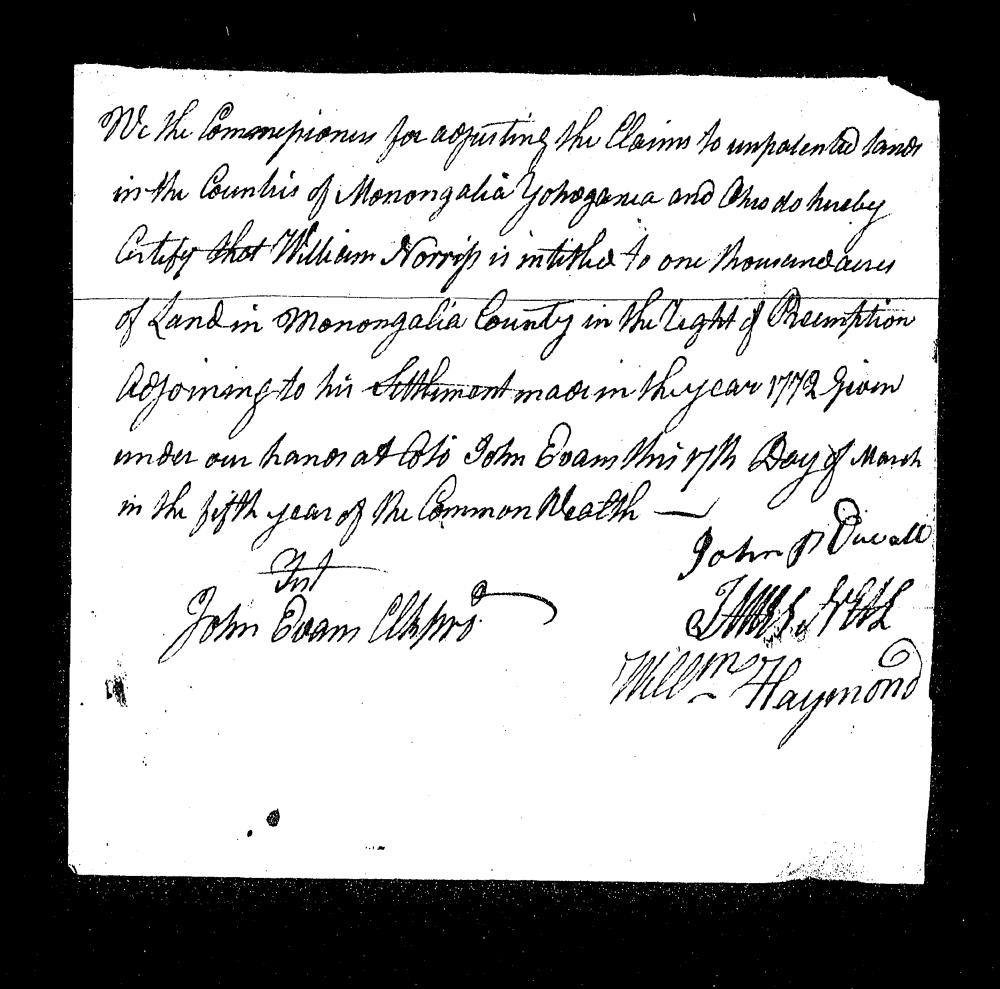
In 1764, The son of Cherokee Sam, Sam Norris, left the Monongalia County area with a family by the name of Gaul. They went to the present county of Barbour, West Virginia. Betsy followed and hacked off approximately 1,625 acres of land. She thought she had 750. She got a deed and put it in Sam Norris's name.
Sam Norris married a Full-Blooded Lenape Delaware woman named Pretty Hair (Welahukwe), who was born in Grafton.--also according to the Draper Manuscripts and the Horn Papers there were Delaware living in the Morgantown region at this time.

Sam and Pretty Hair started their family on what was later called Hackers Creek, named after a white man who had settled there by the name of John Hacker.
|
William Penn transferred the Delaware to the territory, bounding the western branches of the middle reaches of Monongahela River in 1696. This included Green County, Pennsylvania, parts of Washington and Fayette Counties, and nearby territory in what is now West Virginia. This would now be in Monongalia County, in the vicinity of Morgantown. This picture on the left depicts the proclamation line of 1763. All territory left of the line was still considered Indian Country. * On a side note. Guyasata led attacks against Fort Duquesne. |
|
|
|
John Donelson's line, surveyed after the treaty of Lochaber with the Indians, 1770, crossed the road here. This line separated Indian territory from land open to settlement. Violations of the line by settlers contributed to Dunmore's War, 1774. As stated earlier Tecumseh had been born at Hackers Creek in 1768. one year before the first exploration of the valley by the whites. From The Border Settlers of Northwestern Virginia. The tradition that Tecumseh was born on Hacker's Creek, so briefly alluded to in a note supplied by me for the late edition of Chronicles of Border Warfare, is as follows: Sometime after the Treaty of Greenville, so the story goes, Tecumseh was in the settlements of the Upper Monongahela and visited Hacker's Creek. While there, in a conversation with a Miss Mitchel, Tecumseh declared that he was born on this creek; His first raid on white settlers was made on Hacker's Creek upon the family of John Waggoner in May, 1792. From the Chronicles of border warfare; or, a history of the settlement by the whites, of northwestern Virginia, and of the Indian wars, a group of Indians attacked the settlers on Hackers Creek and killed some and ran others off. |
The place is unknown, but it is said that the chieftain declared it to be one of the village sites of the valley, either about one mile below the present site of Berlin or at the mouth of Jesse's run. Both these sites were occupied as camping grounds by the Indians within a few years before the first settlement by the whites, as is attested by the finding of brass but tons and other perishable objects of European manufacture among the rubbish heaps left by the earlier occupants.
Late in the autumn of 1767 the two Pringles, fearing the punishment of the English military law far more than the fury of the natives, did not turn back toward the settlements, but continued up the Tygart's Valley and Buckhannon rivers to the mouth of Turkey run, where they took up their abode in a hollow sycamore tree. Probably fearing detection from the Indians who had a village in the vicinity, they did not build a cabin, but continued to live in the hollow sycamore for three years.
Then there is also Bull town, on the Little Kanawha river, in Braxton County. The place had been occupied about the time of the coming of the whites by Captain Bull. Historians argue that Indians had left the area a long time before white settlement in West Virginia. (A HISTORY OF LEWIS COUNTY, WEST VIRGINIA BY EDWARD CONRAD SMITH, A. M)
Our oral history states that Sam Norris watched from his porch as the settlement wars took place. Many settlers were moving into the area and squatting on Sam and Pretty Hair's land. The Indians were supposed to be our Grandmother Pretty Hair's people. Sam was the first man to settle here and this was his land. The settlers were probably told to leave and didn't, so Grandmother's people took them out. Many prominent Native leaders that was in the area were such as White Eyes, Buckongahelas, Captain Pipe, Netawatwees, Glikhikan and many others.
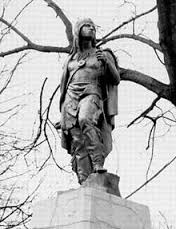
Captain Bull Pipe, Delaware, son of Teedyuscung, King of the Delawares. Pretty Hair a member and relation of Captain Bull Pipe, signatory of the Treaty of Peace and Friendship resided at Hackers Creek in West Virginia. There in Hackers Creek existed our community of confederated tribes and Indians. Often times Hopocan or Bull Pipe would leave Braxton County known as Bull Town, (also a documented family community) would visit family members at Hackers Creek. To support this is an excerpt from the colonial perspective,
"The border settlers of northwestern Virginia from 1768 to 1795: embracing the life of Jesse Hughes and other noted scouts of the great woods of the trans-Allegheny". After his release from prison in New York. Around 1753, Capt. Bull & about 50 members of his family (relatives) turned up at Frederick Ice's settlement on Cheat River, near present Morgantown, Wva. Here they remained for a few weeks, then went up the Monongahela & into camp at now Fairmont. The following Spring they moved again, this time settling near present Bulltown."
Bull Town was an Indian village at a salt spring on the Little Kanawha, about a mile and a quarter below the present Bull Town post office in Braxton County, West Virginia. It was a Delaware (2) settlement, consisting of five families, colonized from the Unadilla River, New York, by Captain Bull, a Delaware chief, the chief man and ruler of the village. These Indians "were in habits of social and friendly intercourse with the whites on Buckhannon and on Hacker's Creek; frequently hunting and visiting with them."
The Notoweega Nation members are descended from various related tribes and bands considered Eastern Woodland.
Citations
Draper Manuscripts
The Horn Papers by W. T. Horn
Chronicles of Border Warfare by Alexander Scott Withers
The Border Settlers of Northwestern Virginia from 1768 to 1795: By William Elsey Connelley, John Patterson MacLean
Now & Long Ago Times, Vol. III, Is. 12 (reprinted in HCPD Journal- pg. 283-4)

